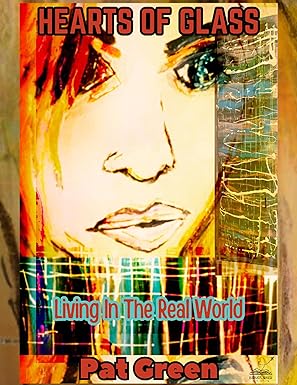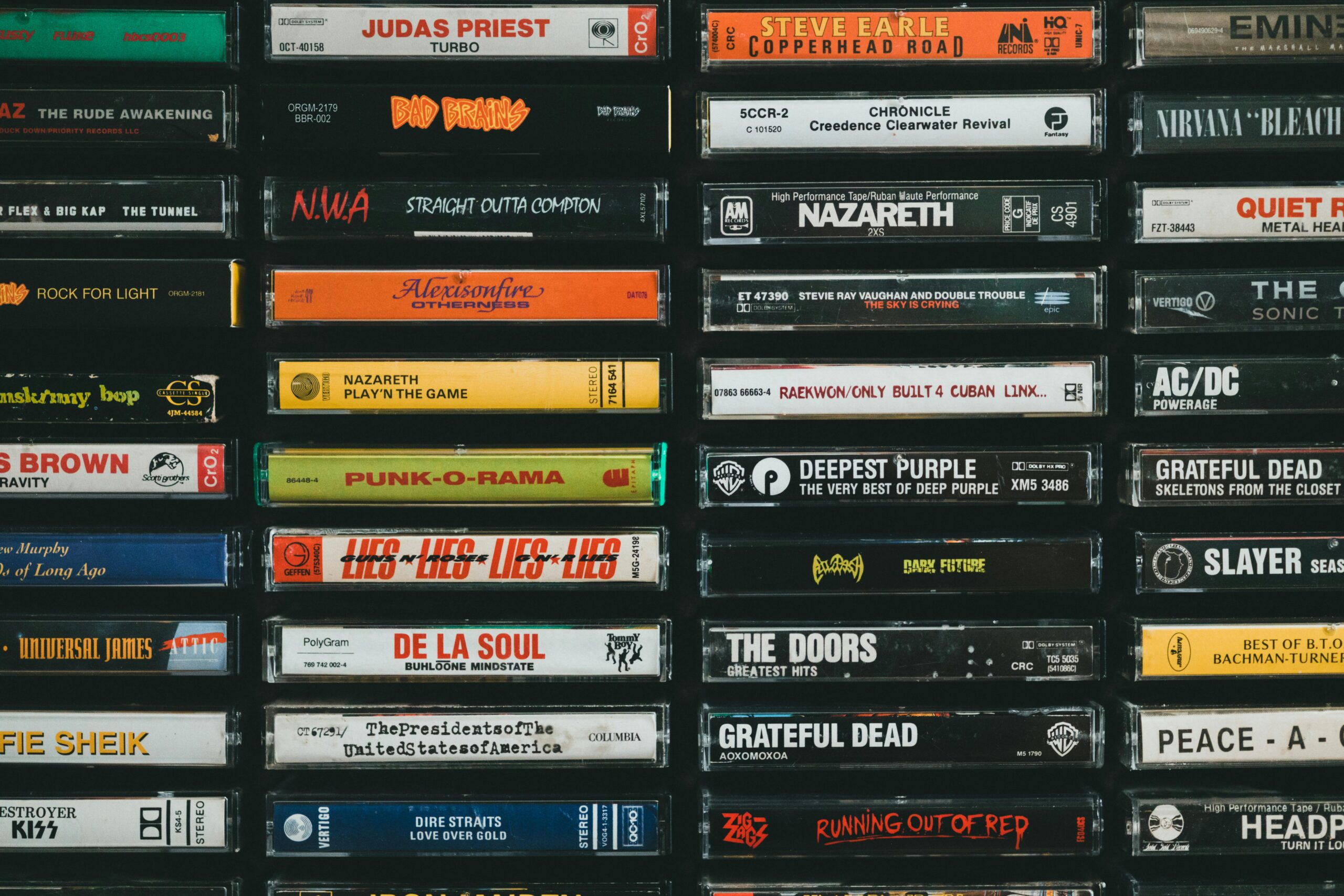What’s the value of music when your life is falling apart? How did that “ten albums for a penny” deal really work? And could a kid’s mail-order music club from the 1980s have predicted today’s subscription trap?
In the summer of 1983, I was a wreck. My grandfather pulled into a RadioShack parking lot and asked if I wanted a Walkman. He bought us each a Realistic cassette player (mine had the fancy three-band EQ and Dolby NR). Then we hit K-Mart, where I grabbed Toto IV and Madonna .
Back home, I shut myself in my room, slid the cassette in, and for the first time in weeks, the noise in my head went quiet. Later that night Grandpa knocked with a glossy little catalog.
“It’s the Columbia Record Club,” he said. “Pick eleven cassettes.”
Suddenly I had one shot at a soundtrack. Toto. Madonna. Blondie’s Greatest Hits. Maybe even The Psychedelic Furs and Duran Duran.. I mailed the form and waited for the mailman like he carried salvation in cardboard.
Discovering Music Before Streaming
Back then, we didn’t have algorithms or autoplay. We had FM radio, MTV, and word-of-mouth mixtapes. A 2023 MIDiA study notes that before streaming, “radio and physical discovery were the twin gateways to fandom.” Columbia House filled the rest: it shipped culture to people far from record stores, turning mailboxes into wonder.
When that brown box arrived, the smell of plastic wrap and glossy liner notes was electric. I tore it open, lined up the tapes, and realized music could be both salvation and commerce.
“Eleven Albums for a Penny!” Miracle or Marketing Bait?
The pitch was irresistible: Eleven cassettes for a penny! What they didn’t print in bold was the fine print: after the penny deal, you owed them a set number of full-price albums at “club rates.”
At its peak, according to a 2015 Variety article, Columbia House made over $1.4 billion a year. They could afford to hand you those first tapes because they knew you’d either forget to cancel or overpay later.
As one marketing analyst admitted in an AdWeek retrosepctive, “Eleven albums for a penny was a great deal — but the marked-up prices you paid to fulfill the contract were decidedly not.”
Columbia House didn’t just sell music. It sold billing cycles. And we bought it, hook, line, and liner notes.
The Dark Underbelly: Kids, Credit, and Confusion
Here’s where nostalgia gets a little dark. The company’s real genius was something called negative-option billing. If you didn’t mail back the refusal card in time, you automatically “agreed” to buy that month’s selection. Miss the date = new tape, new bill.
One former exec later admitted to Mental Floss that “Columbia House gave many teens their first brush with credit issues, by holding them to contracts they didn’t even know they’d entered with their penny purchase.”
The math was simple: target young, broke, eager fans who didn’t yet understand contracts and bank on the fact they will not realize as minors they are beholden to those predatory contracts. Millions of kids learned capitalism’s favorite lesson. The house always wins.
By the 2000s the Better Business Bureau rated Columbia House “unsatisfactory,” and a 2011 class-action suit accused it of unauthorized credit-card charges and impossible cancellations.
Yet even with all that, I can’t hate it. I want to. It tricked us. But it also introduced me to art that kept me alive.
The Legacy: From Mail-Order to Algorithms
Columbia House was ahead of its time in all the wrong ways. It invented the mail-order subscription model decades before Netflix mailed DVDs or Spotify built playlists. They didn’t just sell music; they sold the illusion of choice and value wrapped in a cage.
By the mid-’90s, Columbia House shipped more than 15 percent of all CDs sold in the U.S. according to Billboard in 1996. Those glossy catalogs were proto-playlists: curated by label marketers. It had morphed into teaching you to trust someone else’s taste as opposed to your own organic discovery.
When streaming took over, the algorithm became the new director of our tastes. Forget to uncheck a box, and Spotify quietly slips you into a new playlist. Forget to cancel a “free trial,” and the subscription hums along like a forgotten tape deck. Different century, same hustle.
The Federal Trade Commission still warns that “negative-option billing”, where silence equals consent, is one of the most abused marketing tools online. Columbia House’s predatory model didn’t die; it just moved into your app store and box subsciption for clothes, watches, and other things.
The Human Side of the Soundtrack
Even knowing all that, I can’t shake the warmth of the memory with my grandpa. The smell of new plastic. The thunk of a tape snapping into place. That feeling that maybe, just maybe, you could lose or even find yourself inside a song.
Columbia House taught us more than fine print. It taught us manufactured longing.
Maybe that first box of tapes didn’t save my life, but it gave me language for the ache. I learned heartbreak from The Psychedelic Furs, defiance from Madonna, grace from Toto. It was a spiritual transaction disguised as commerce,but it worked.
But somewhere between the pennies and the profit, the artists got lost. Columbia House’s cut-rate deals paid musicians next to nothing while shareholders cashed checks. Those of us who found salvation in their songs never knew the people who made them might not even see a royalty.
Despite the Hype, Music Plays On
I wrote Hearts of Glass Living in the Real World for a reason. Because stories, like songs, survive the system that tries to monetize them in a predatory fashion. In the book, music still heals instead of exploits.
In both Hearts of Glass books, there’s a guy named Doug. Doug runs a record store in the mall. Not a faceless warehouse or algorithm, but a brick-and-mortar refuge that hires local teens and young adults who know their customers by name. The shop smells like vinyl and incense and burnt coffee. The stereo’s always a little too loud. The artists whose records line those shelves actually get paid.
Doug’s store represents what Columbia House never could: community over commerce, fairness over fine print. It’s the anti-subscription — the reminder that art isn’t a trap to fall into; it’s a hand to hold.
So yeah, Columbia House may have trained us to chase the next song, the next charge, the next click. But people like Doug in your local record store (they still exist) and maybe people like you and me keep the music human.
If you grew up waiting for the mailman with your soundtrack in a cardboard box, you already know the truth: the music that saved us was never the product. We were. We also know that we still need the music and the stories despite the gatekeepers.
The penny cost us a lot, but I wouldn’t trade the initial batch for the world.
Still Reading?

Hey… thanks for sticking around to the end.
If this piece hit a chord or maybe made you think, I’d be honored if you’d check out my book, Hearts of Glass Living in the Real World. (by me- Pat Green)
It’s about survival, love, and the kind of found family that keeps you standing when the world gets mean. You can find it in print, ebook, or audiobook pretty much anywhere you get those things online. If you have trouble finding it you can get it directly from my publisher, Barnstormer Publishing! We can even hook you up with a signed copy for a few bucks more!
If you pick it up, thank you. If you review it, even better. Either way, just know this: your time, your support, your voice… they all matter more than you know.

Leave a Reply